 |
| Salmonberry blossoms |
But spotting the season's first delicate shoots of spring green, trilliums, and other wildflowers is always a special treat.
The last few weekends I've hiked on both the eastern and western sides of the Cascade crest in north-central Washington. Of course the west side is more lush and green, while the east side is more arid.
Weekend before last we hiked up Sauer's Mountain above Peshashtin (just east of Leavenworth), which was mostly snow free.
While the eastern Cascades are brilliant with golden arrowleaf balsam root flowers and lovely purple lupine in the spring, as of this writing they're still a few weeks away from full bloom. But for an early season starter, patches of delicate yellow avalanche lilies and tiny white flowers were scattered alongside the trail.
 |
| View from Sauer's Mountain summit toward the Enchantments |
 |
After a record-breaking snowy February and almost record-breaking dry March, our weather is back to a typically cool and rainy April so far this year. Last weekend we hiked in a gentle rain near Index off US Highway 2 up the relatively short and pretty easy Heybrook Ridge Trail. Such a lush contrast to the Leavenworth area trails!
 |
| Indian Plum |
Soon the trail transitioned into classic western Washington evergreen forest, and not long thereafter I spied my first trilliums of the year. These lovely and fragile native lilies are also a personal favorite (I think for many Northwesterners as well) and should never be disturbed or picked.
And brightening up the forest with bursts of rich magenta are classic Northwest salmonberry blossoms. The berries themselves aren't so vibrant in flavor, but the colors are sure vivid. Right now they're peaking.
Up top on the ridge, the view is quite spectacular if you overlook the massive electrical transmission line towers. No wildflowers up there yet, but some ferns were beginning to unfurl (bracken fern?).
Even verdant evergreen trees here show spring green, including my totem western red cedar along with Douglas firs and western hemlock.
So despite the rainy forecast for the next week or so ahead, it's an especially lovely time of year to get outside and explore the forests and meadows (those that are snow-free) in our beloved mountains here.
I'd love to hear what you've seen so far or your favorite spring native flowers in a comment below.
Happy Spring and Happy trails! Thanks for visiting Pacific Northwest Seasons.
In between blog posts, visit Pacific NW Seasons on FaceBook, Twitter, and Instagram for more Northwest photos and outdoors news.

















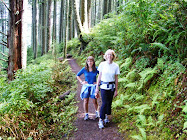

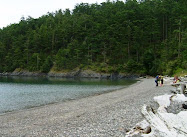
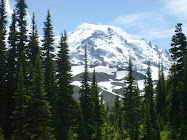



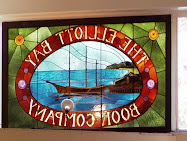
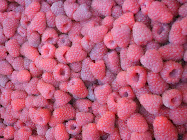
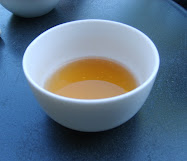
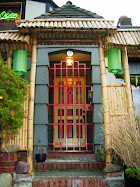




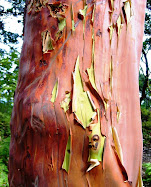

3 comments:
A couple of comments, you may not remember that we transplanted trilliums from Bothell to Oregon and then brought some back up to Seattle, and they did pretty well1! Also I kind of liked salmonberries! But don't see them anymore, I am remembering them from the wild not in markets or grocery stores.
Hey Anne, I do remember trilliums in Oregon, didn't know they were transplanted from Bothell (near the pet cemetery). Then David and Judy transplanted some back to their Green Lake house. Salmonberries are still out there; I see them in Carkeek Park in Seattle. They have been cleared though for developments, and we're losing much of our native lowland forests as a result. Thanks for your comment!
skunk cabbage - my personal favorite. Mary Lou
Post a Comment